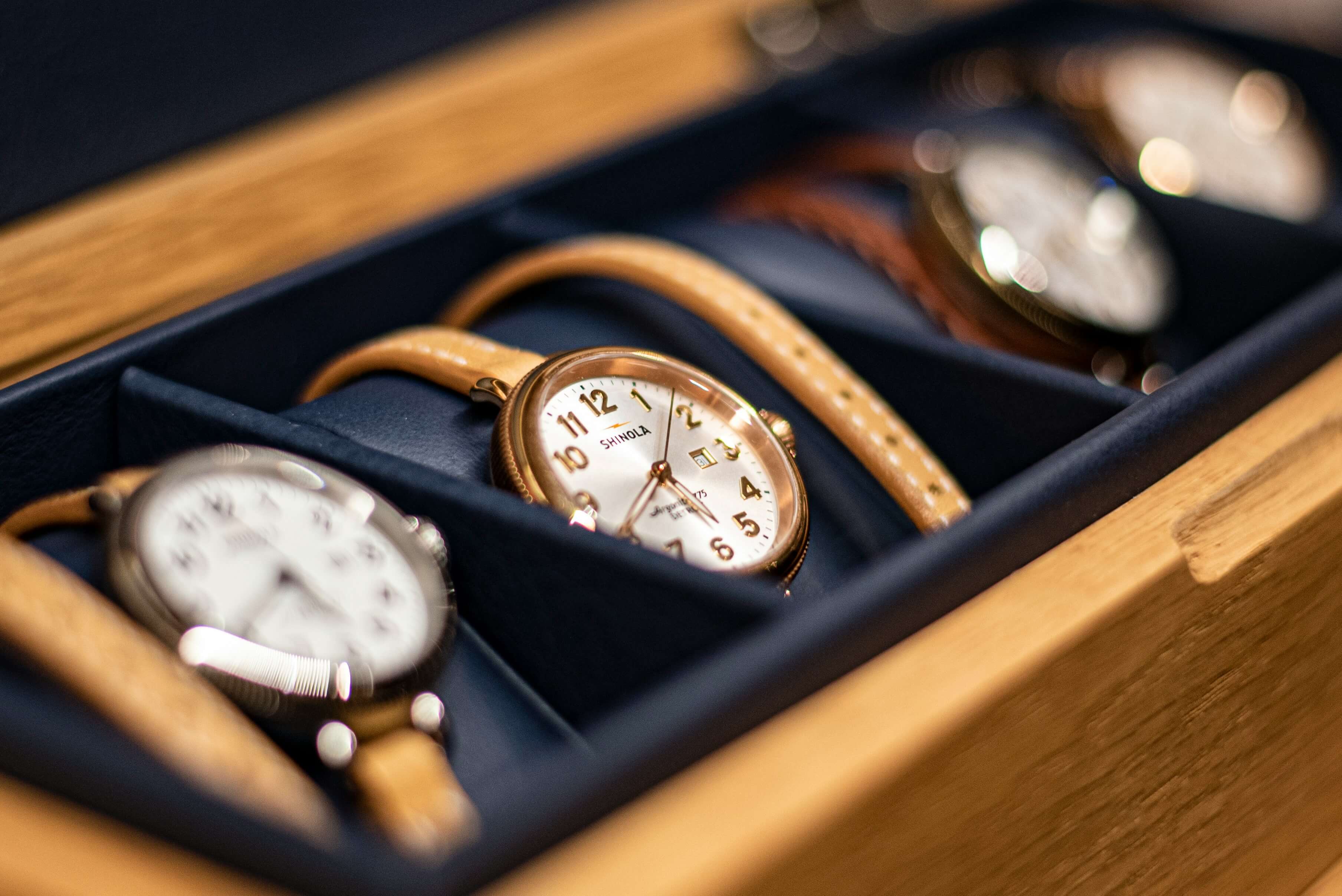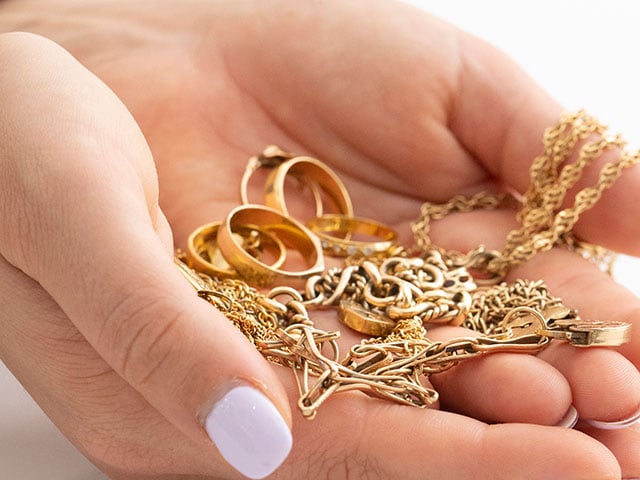
Diamond vs Moissanite: What’s the Difference?
When it comes to choosing the perfect gemstone for jewelry, especially engagement rings, two names often come up: diamonds and moissanites. Both stones are stunning, but they have distinct differences in origin, appearance, durability, and price. Understanding these differences can help you make the right choice for your style, budget, and values.
What Is a Diamond?
Diamonds are naturally occurring gemstones formed deep within the Earth’s mantle over billions of years under extreme heat and pressure. They are composed purely of carbon atoms arranged in a crystal lattice, diamond vs moissanites, which gives them their unparalleled hardness.
- Hardness: Diamonds are the hardest known natural material, rated 10 on the Mohs scale.
- Brilliance: Diamonds have a high refractive index, which means they sparkle intensely.
- Rarity: Natural diamonds are rare, which makes them valuable and often expensive.
- Symbolism: Diamonds are traditionally associated with love, commitment, and endurance.
What Is Moissanite?
Moissanite is a gemstone made from silicon carbide. Originally discovered in a meteor crater by scientist Henri Moissan, natural moissanite is extremely rare. Today, moissanites are almost always lab-created.
- Hardness: Moissanite scores 9.25 on the Mohs scale, making it one of the hardest gemstones after diamonds.
- Brilliance: Moissanite has a refractive index higher than diamonds, which means it can appear even more sparkly and fiery.
- Affordability: Because moissanite is lab-created, it is much more affordable than natural diamonds.
- Ethical and Environmental Considerations: Lab-grown moissanites avoid the environmental impact and ethical concerns sometimes associated with mined diamonds.
Visual Differences Between Diamond and Moissanite
At a glance, diamonds and moissanites can look quite similar. However, there are a few subtle differences:
- Color: Diamonds are graded on a color scale from colorless to light yellow or brown. High-quality diamonds are usually near colorless. Moissanites tend to have a slight yellow or green tint in certain lighting, but many modern moissanites are nearly colorless.
- Fire and Sparkle: Moissanites tend to exhibit more “fire,” meaning they show more rainbow-colored flashes of light compared to diamonds, which sparkle more white light.
- Brilliance: While both are brilliant, moissanites’ brilliance is often described as more “disco ball-like” due to the extra flashes of light.
Durability and Wearability
When choosing a gemstone for everyday wear, durability is key.
- Diamonds: Being the hardest gemstone, diamonds are extremely resistant to scratching and chipping, making them ideal for daily wear, especially in engagement rings.
- Moissanites: Though slightly less hard than diamonds, moissanites are still very durable and suitable for everyday use. They can withstand daily knocks but may show scratches over many years.
Price Comparison
One of the biggest deciding factors between diamond vs moissanite is cost.
- Diamonds: Natural diamonds can be quite expensive, lab created diamonds, especially those with higher clarity, color, and carat weight.
- Moissanites: Moissanites are significantly more affordable—often costing a fraction of a comparable diamond—making them an attractive alternative for budget-conscious buyers.
Ethical and Environmental Impact
Ethical sourcing and environmental sustainability have become important considerations for many buyers.
- Diamonds: While many diamond suppliers adhere to ethical sourcing standards, concerns about “blood diamonds” and environmental damage remain for some consumers.
- Moissanites: Since moissanites are lab-created, they have a much smaller environmental footprint and eliminate concerns about unethical mining practices.
Which Should You Choose?
The choice between diamond vs moissanite depends on what matters most to you:
| Factor | Diamond | Moissanite |
|---|---|---|
| Price | Higher | More affordable |
| Brilliance | Classic white sparkle | More fiery rainbow sparkle |
| Durability | Hardest natural gemstone | Very hard, durable |
| Color | Graded colorless to yellow | Slight tint possible |
| Ethics/Environment | Possible concerns with mining | Lab-grown, more sustainable |
| Symbolism | Traditional, timeless symbol | Modern alternative |
Conclusion
Both diamonds and moissanites offer unique advantages. Diamonds are the traditional choice with unmatched hardness and classic sparkle. Moissanites provide a brilliant, budget-friendly, and eco-conscious alternative with exceptional fire and durability. Whichever you choose, both stones will make beautiful, lasting pieces of jewelry.












:max_bytes(150000):strip_icc()/gettyimages-958605570-2000-7fd5f1d655c64da7863195e4c0b58d4f.jpg)
